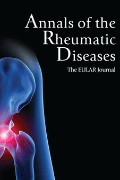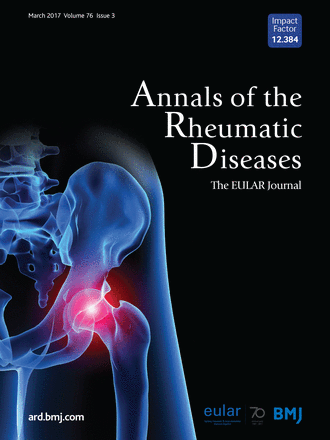
Glucosamine + chondroitin reduced joint space narrowing at 2 years vs. placebo in knee OA .
This report has been verified
by one or more authors of the
original publication.
This study has been identified as potentially high impact.
OE's AI-driven High Impact metric estimates the influence a paper is likely to have by integrating signals from both the journal in which it is published and the scientific content of the article itself.
Developed using state-of-the-art natural language processing, the OE High Impact model more accurately predicts a study's future citation performance than journal impact factor alone.
This enables earlier recognition of clinically meaningful research and helps readers focus on articles most likely to shape future practice.
Glucosamine and chondroitin for knee osteoarthritis: a double-blind randomised placebo-controlled clinical trial evaluating single and combination regimens
Ann Rheum Dis. 2015 May;74(5):851-8.605 patients with osteoarthritis (OA) of the knee and resultant chronic knee pain were recruited to the study. Participants were randomized to consume glucosamine, chondroitin, a combination of both, or a placebo once daily for 2 years. The purpose of the study was to assess the effect on the supplements on joint space narrowing (JSN), pain, and function. The trial found that groups were comparable in all outcomes, with the exception of the combination of glucosamine and chondroitin displaying significantly reduced JSN in comparison to the placebo group at 2 years.
Unlock the Full ACE Report
You have access to 4 more FREE articles this month.
Click below to unlock and view this ACE Reports
Unlock Now
Critical appraisals of the latest, high-impact randomized controlled trials and systematic reviews in orthopaedics
Access to OrthoEvidence podcast content, including collaborations with the Journal of Bone and Joint Surgery, interviews with internationally recognized surgeons, and roundtable discussions on orthopaedic news and topics
Subscription to The Pulse, a twice-weekly evidence-based newsletter designed to help you make better clinical decisions
Exclusive access to original content articles, including in-house systematic reviews, and articles on health research methods and hot orthopaedic topics

































































